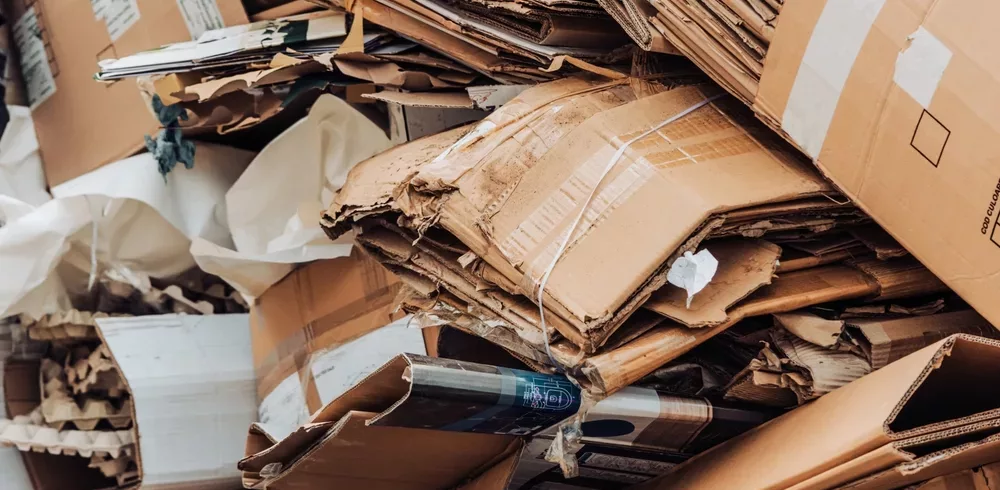The EU has recently agreed to a new Packaging and Packaging Waste Regulation (PPWR) nearly two years after its initial proposal, which aims to make recycling across the EU more uniform by changing directives. Whilst there was previously a disagreement over whether to apply the new rules and regulations to imports, the European Recycling Industries Confederation (EuRIC) believes that this ‘marks a significant step forward’ in pursuit of environmental and industrial circularity for packaging.
The PPWR has set specific goals for the reduction of packaging waste, including specific design requirements for recyclable packaging and the use of Post-Consumer Recycling (PCR) materials. First proposed in 2022, the regulation applies to EU-based companies as well as those importing packaging into the EU, and has already seen welcome from European recyclers despite some concern of backlash from producers outside the EU.
Michael Laurier, CEO of Symphony Environmental Technologies, believes that this directive from the EU brings much-needed packaging recycling policy to an otherwise muddled market. “Previously the Packaging and Packaging Waste Directive was considered too vague in its implementation, leading to different recycling regimes across the EU. This new regime should impose more targeted objectives rather than just a general goal to reach, allowing a guideline for more specific legislation on a country-by-country basis.
“However, it is important to recognise that the new regulation should not be used as an excuse to adopt paper-based packaging and shun plastic methods entirely. As it stands, most will consider paper packaging to be the answer in response to the PPWR, but ultimately it is just another level of waste to manage as a threat to the environment.
Laurier believes more should be done on a legislative level to support developments in polymer technology, which holds the answer to combatting the packaging waste crisis with sustainable and biodegradable solutions. “Technological developments have allowed biodegradable polymer manufacturing to advance to the point that it is increasingly recognised as a viable and sustainable source of packaging production. But the market still has a long way to go before it fully matures in the industry. It would therefore be nearly impossible for biodegradables to achieve the same levels as conventional plastics, which have had decades to establish as viable and profitable options by comparison.
“However, it is incredibly monumental for biodegradable production and experimentation to be recognised by the PPWR, even in a small way, as ultimately the alternative but sustainable technology offers an environmentally friendly production route that will be beneficial to meeting plastic waste goals over the next decade. Whilst most will turn to paper alternatives to packaging as single-use plastic begins to phase out, ultimately this is just contributing to a different side of the waste issue and isn’t recyclable or sustainable in the long run as a true biodegradable option. So, promoting and supporting sustainable development is key in tackling this crisis at its source – plastic that won’t go away.
After a long road to get to this point, Laurier does acknowledge the achievement of getting to the implementation of the new PPWR, even if more steps need to follow.
“It is clear from the timeline and heated debate of the PPWR decision-making process that all stakeholders and high-ranking decision-makers are invested in achieving a more sustainable plastic packaging solution to solve the growing packaging waste problem.
“But, as it often is in politics, the journey to getting there will continue to be debated before the best solution can be found. In the meantime, it is, therefore, the responsibility of packaging manufacturers to invest in new technologies and find the most sustainable solutions that work within the boundaries, rather than wait to be told what to do.”
Manufacturing & Engineering Magazine | The Home of Manufacturing Industry News















